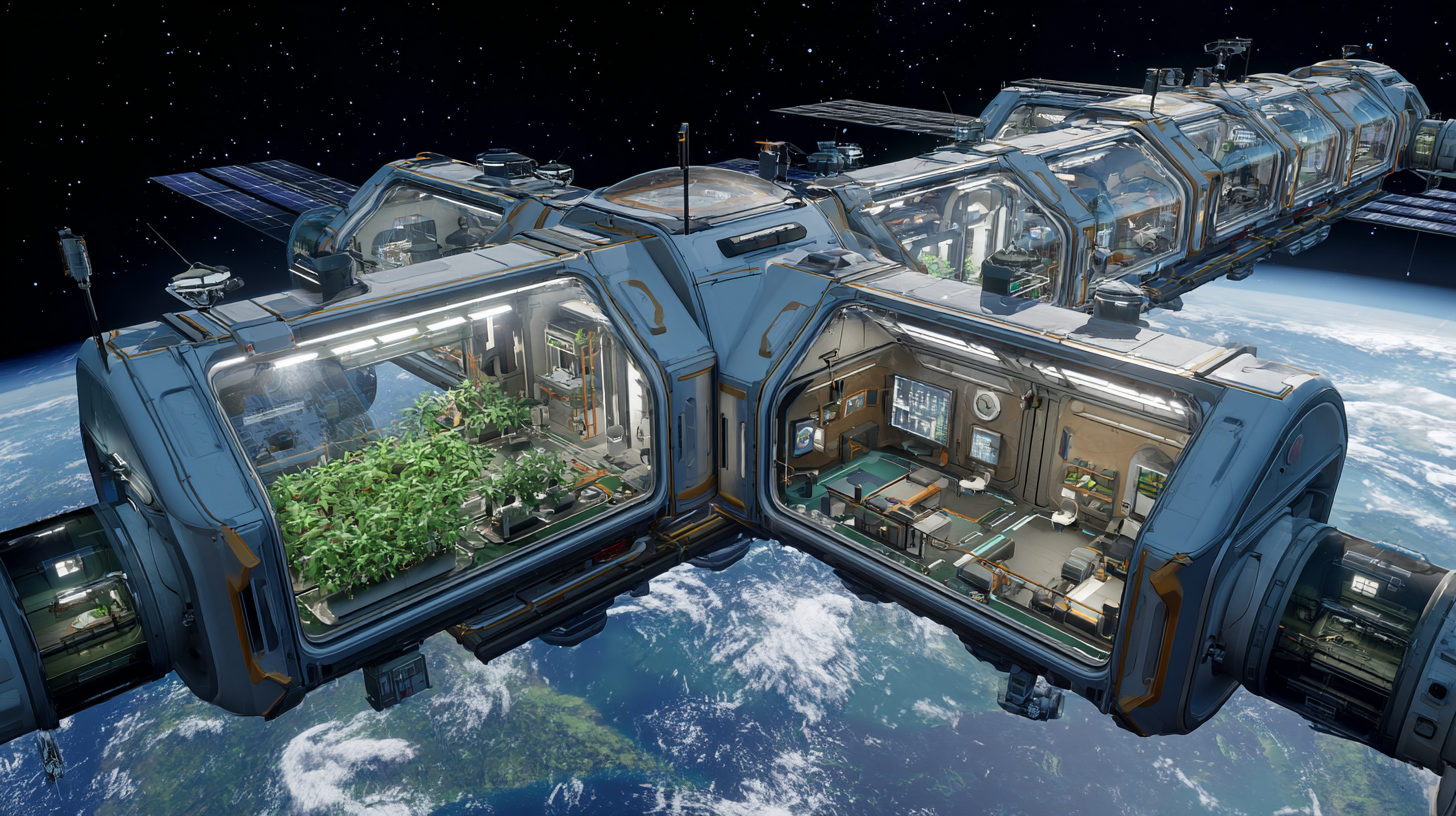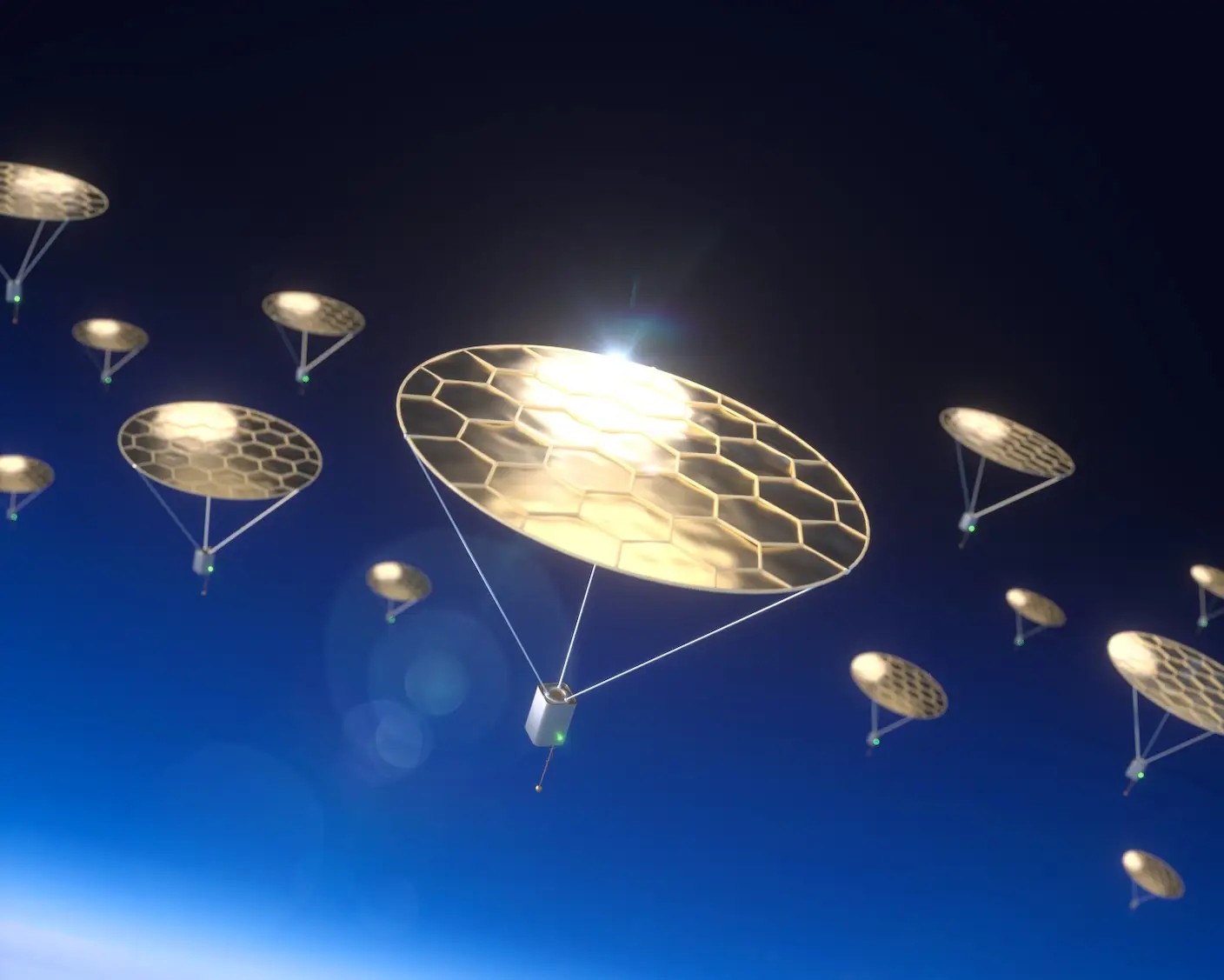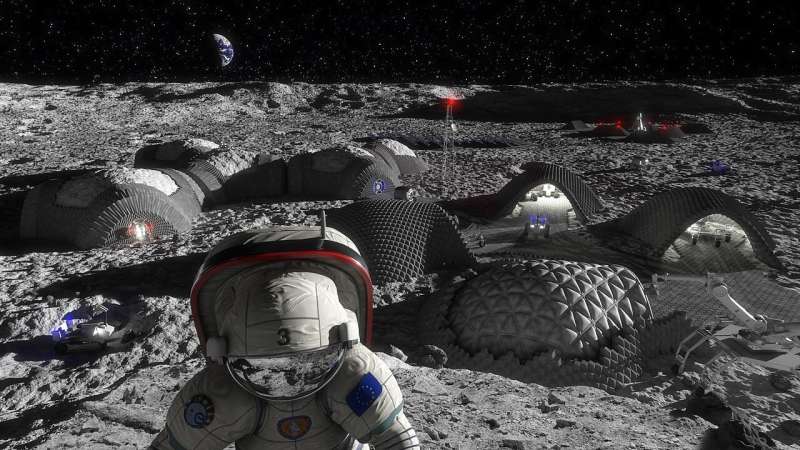by Futurist Thomas Frey
The age of government-run space stations is drawing to a close. The International Space Station, humanity’s orbiting laboratory, is approaching the end of its usable life. By the end of this decade, it will likely be decommissioned, leaving a massive gap in our presence in low-Earth orbit. But this gap won’t stay empty for long. Private enterprise is already stepping in, and the result will be the rise of private space stations—commercial hubs that will act as portals to the next era of space commerce and tourism.
Continue reading… “Private Space Stations: The Future Portals for Commerce, Tourism, and Human Expansion”












